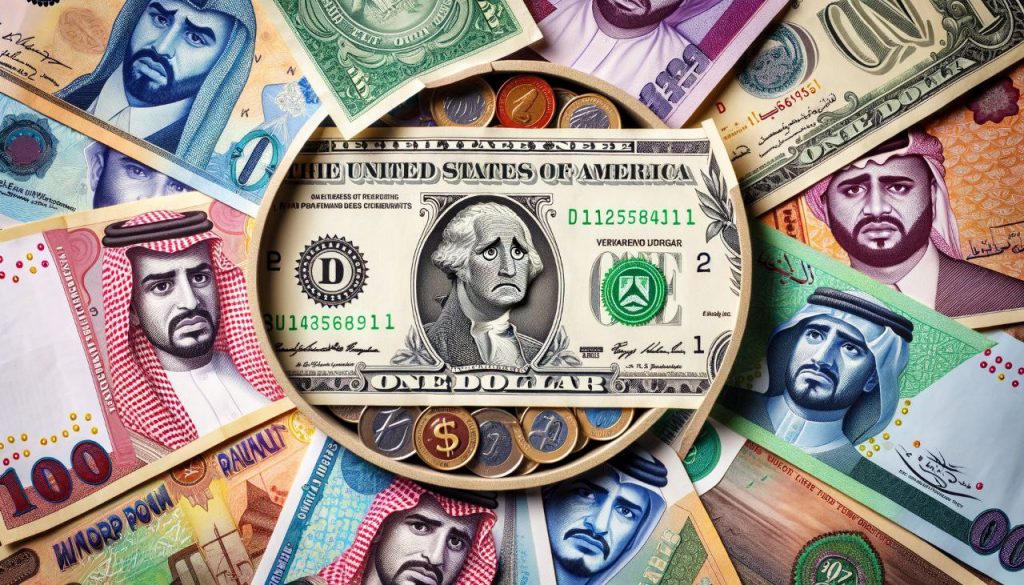
April 10, 2025 – As the BRICS alliance deepens its push to challenge the global financial order, 2025 may mark a pivotal year in the group’s efforts to reduce dependence on the U.S. dollar. With the geopolitical landscape shifting and economic interests aligning, the five-nation bloc—Brazil, Russia, India, China, and South Africa—is poised to accelerate its de-dollarization strategy.
During the latest BRICS summit held in Kazan, Russia, finance ministers and central bank heads outlined plans to expand the use of local currencies in cross-border trade and investment. The goal is clear: weaken the dollar’s grip on global commerce and promote a more multipolar monetary system.
Table of Contents
A Turning Point?
Analysts suggest that 2025 could be the year BRICS takes a “giant leap” in this long-discussed transition. Key developments fueling this possibility include:
- The BRICS Pay System, an alternative cross-border payment network, is set to enter its pilot phase in mid-2025. The system aims to facilitate settlements in BRICS national currencies, reducing the need for dollar conversions.
- Energy and commodity trade deals between Russia, China, and India have increasingly been settled in yuan and rupees.
- The New Development Bank (NDB), BRICS’ multilateral lending institution, announced that over 30% of its 2025 financing will be issued in member currencies—a sharp rise from previous years.
“We are not seeking to replace the dollar overnight,” said Russian Finance Minister Anton Siluanov at the summit. “But we are creating a foundation for financial sovereignty and resilience.”
China and India: The Balancing Act
China, the group’s economic heavyweight, is spearheading many de-dollarization efforts through the internationalization of the yuan. However, India remains cautious, seeking to balance its BRICS ambitions with its ties to Western financial systems.
“While India supports the goal of currency diversification, we must ensure mechanisms are in place to manage volatility and protect investor confidence,” said Indian Reserve Bank Governor Shaktikanta Das.
Still, signs of collaboration are strong. India and Russia recently inked a deal to trade oil entirely in rupees and rubles—a move seen as symbolic of a broader shift.
Read This : Cetoex Made Easy 8-Step Guide to Buying Crypto.
Global Reactions
The West, particularly the United States, has expressed skepticism. Some officials downplay BRICS’ capacity to challenge the dollar’s dominance, citing issues of trust, transparency, and liquidity in non-dollar systems.
Yet, economists argue that the cumulative effect of sanctions, currency wars, and growing economic nationalism is giving BRICS an opportunity.
“The dollar won’t disappear from global trade, but the world is moving from unipolarity to multipolarity,” said Nouriel Roubini, a global macroeconomist. “And BRICS is helping lead that transformation.”
What’s Next?
As 2025 progresses, eyes will be on:
- The rollout and adoption of BRICS Pay.
- Expansion of bilateral trade agreements in local currencies.
- Possible inclusion of new member states, including Saudi Arabia and Iran, which could significantly boost BRICS’ energy leverage.
Whether de-dollarization will indeed take a “giant leap” this year remains to be seen—but the momentum is unmistakable.
Do Follow Us On Social Media And Keep Reading And Become Our Members